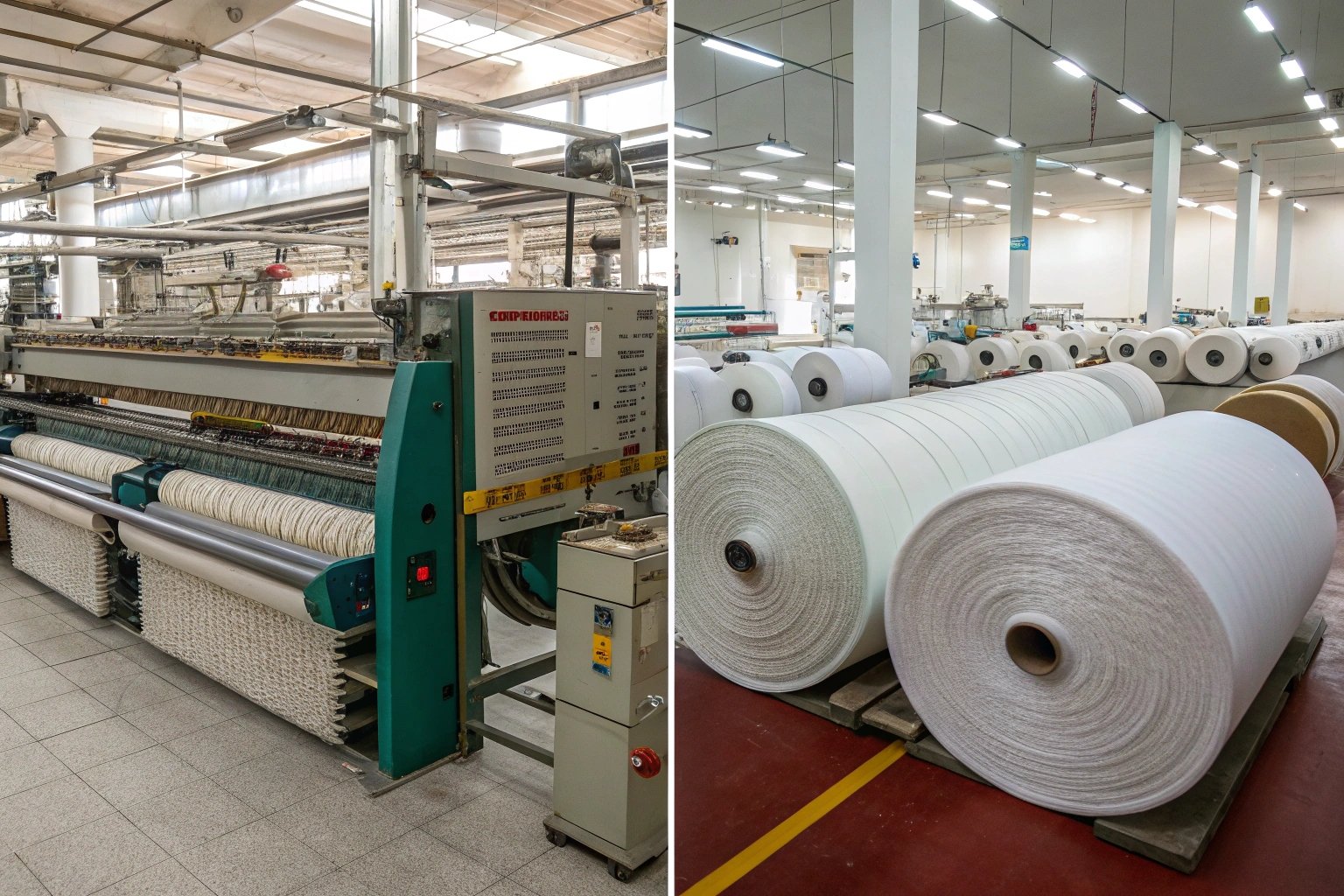When it comes to sourcing fabrics for apparel manufacturing, lead time isn’t just a production detail—it’s a critical decision factor. Whether you’re building a seasonal collection or managing rolling orders for an online store, your ability to deliver on time depends heavily on fabric readiness. The difference between woven and knit fabric production timelines could define your supply chain flexibility—or your bottleneck.
Woven fabrics typically require longer lead times due to complex warp preparation, loom setups, and post-processing. Knits, in contrast, offer faster turnaround through simpler setup and inline production. Knowing the differences helps buyers match material strategy to market demand.
At Fumao Fabric, we serve both woven and knit fabric buyers. From chiffon and twill to jersey and rib, we manage timelines with precision. This guide explains the lead time differences in detail—so you can plan better, negotiate smarter, and meet your deadlines with confidence.
How Is the Production Process Structurally Different?
The core difference lies in how the yarns are handled. Woven fabric requires warp and weft preparation, while knit fabric relies on continuous looped interlocking. These structural variations lead to different machinery, labor intensity, and production speeds.
Woven production includes more prep and setup steps, while knits move faster through seamless knitting machines.
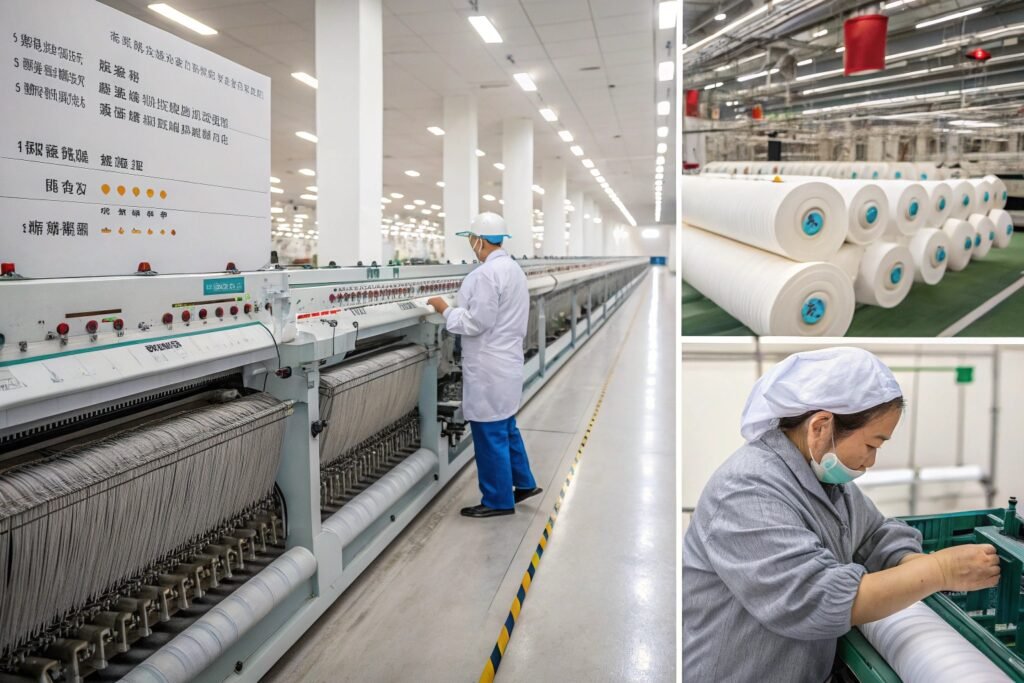
Why Does Warp Preparation Extend Woven Lead Time?
Warping, sizing, and beam loading are essential for woven fabrics. These steps can take 3–5 days before weaving even begins. Each new pattern or yarn count requires machine recalibration.
According to Textalks, this setup stage alone adds up to 25% of total lead time. Knit production skips this phase entirely, with yarn fed directly into machines.
How Does Knitting Enable Faster Sampling?
Knit machines like circular knitting or warp knitting allow fast changeover and inline loop design. A new jersey style can be programmed and tested in hours.
Fabric manufacturers such as Mayer & Cie. design rapid response machines with automated fabric counters, making small-batch prototyping much faster than traditional looms.
What Are the Average Lead Times for Each Fabric Type?
Lead time varies based on fabric complexity, MOQ, dyeing process, and finishing treatments. But industry benchmarks help frame expectations for buyers placing bulk orders.
Knit fabrics typically have 30–40% shorter lead times than woven fabrics for equivalent specs.
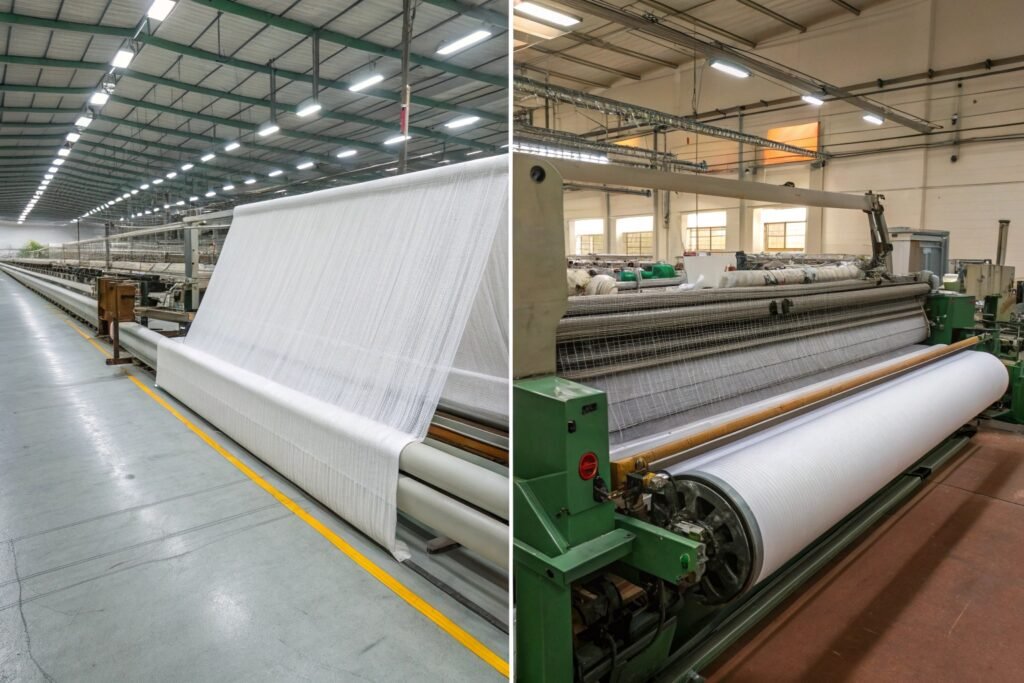
What Is the Typical Lead Time for Woven Fabrics?
- Greige production: 7–12 days
- Dyeing & finishing: 8–14 days
- QC & packing: 2–4 days
Total: ~18–30 days
Complex structures like dobby or jacquard may exceed 30 days due to loom setup and lower run speeds. At China Textile City, many woven mills operate on 21–35-day cycles for bulk orders.
What About Knit Fabric Lead Times?
- Greige production: 3–6 days
- Dyeing & finishing: 5–10 days
- QC & packing: 1–3 days
Total: ~9–18 days
Single jersey, rib knits, and interlock fabrics move quickly through circular knitting systems. Fabric houses like Orta Anadolu quote knit turnaround at under 2 weeks for MOQ batches under 2,000 kg.
How Do Dyeing and Finishing Impact Both Fabric Types?
Even after knitting or weaving, the real time sink lies in dyeing and finishing. These steps involve multiple baths, fixation cycles, drying, and quality checks—all affected by the fabric’s density and composition.
Woven fabrics often require more intensive finishing processes such as calendaring, sanforizing, and resin coating, which add to total lead time.
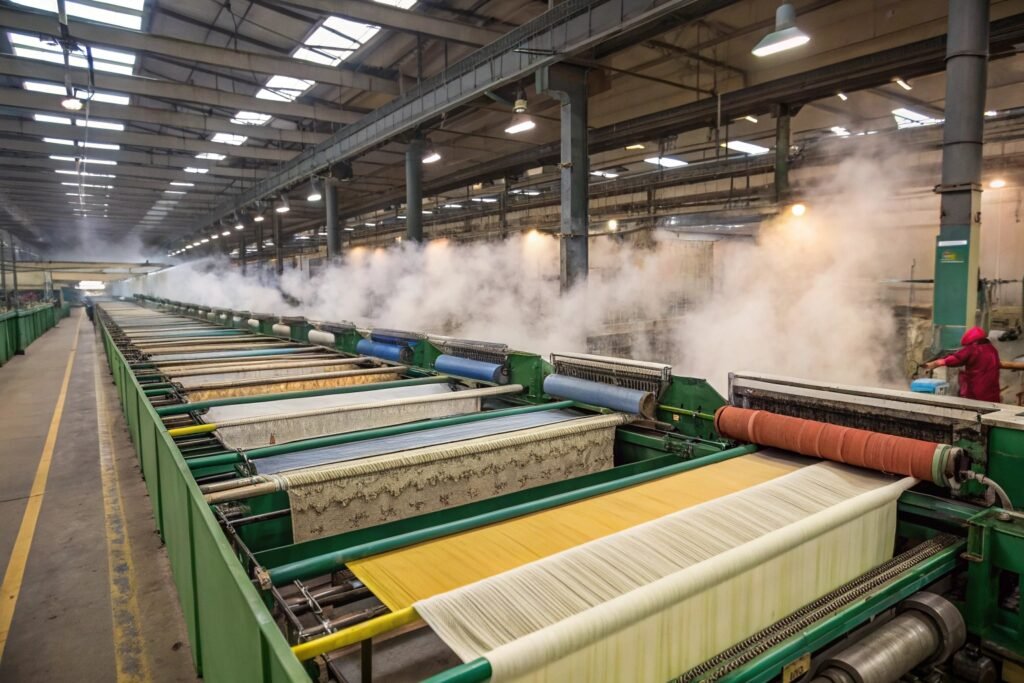
Why Do Woven Fabrics Take Longer to Finish?
Woven fabrics tend to have tighter structures and higher GSMs, requiring longer dye penetration and controlled tension finishing. Delicate satins or poplins need precise calendaring and anti-pilling finishes.
Processes like heat setting or resin application can delay production by 1–3 days, especially if fabrics are lined up for batch processing at shared dyeing facilities like Hangmin Dyeing.
Are Knit Fabrics Easier to Dye?
Generally yes. Knit fabrics are more porous, allowing faster dye diffusion. They often use tubular dyeing or open-width jet dyeing, enabling faster turnaround.
Newer techniques like dope dyeing or cold pad batch dyeing for knits, pioneered by Archroma, reduce water use and cut time by 30% or more.
How Should Buyers Manage Lead Time Expectations?
Knowing how lead times differ allows buyers to build realistic calendars, avoid rush fees, and communicate clearly with garment factories. Planning buffer time is especially critical for fashion retail cycles.
Work backwards from your shipping date, adding 10–15% time buffer for woven and 5–10% for knit orders.
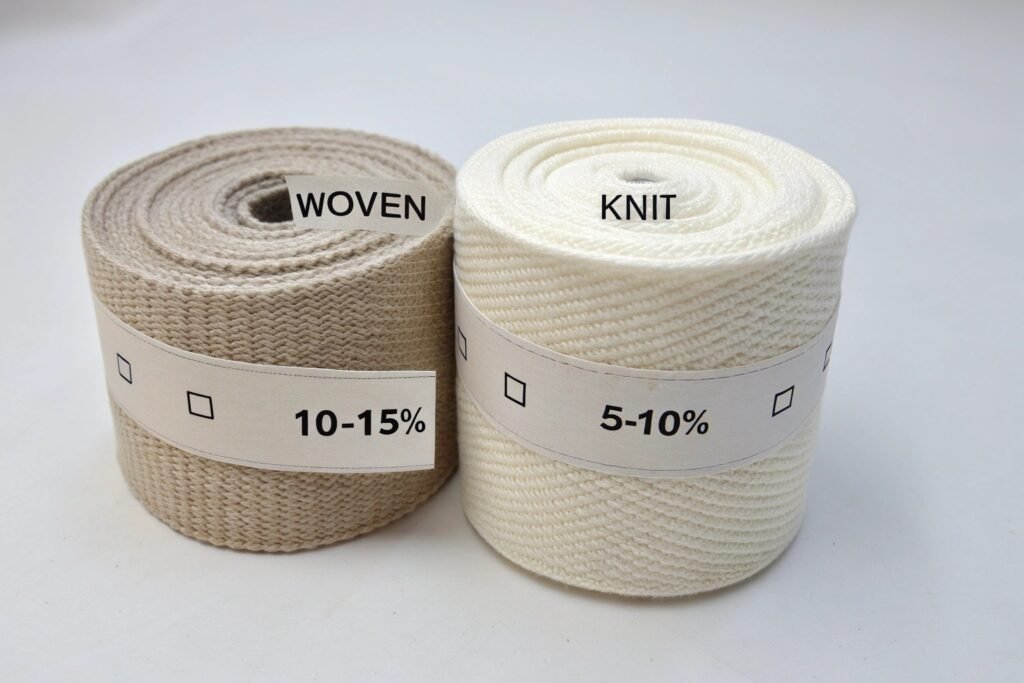
What Questions Should You Ask Fabric Suppliers?
- What’s your greige capacity per day for this item?
- Do you control dyeing in-house or outsource it?
- What’s your strike-off lead time?
- Can you do parallel finishing and QC?
- What’s your rush fee and express capacity?
Platforms like Tradeling or Alibaba Verified Suppliers can show lead time ranges, but real timelines depend on the supplier’s process flow control.
How Can You Speed Up Fabric Delivery?
- Use stock greige when possible
- Approve lab dips quickly
- Use suppliers with vertical integration
- Choose knits for fast-fashion or urgent capsule drops
- Negotiate for split delivery (partial + balance)
At Fumao, our fastest knit delivery is 6 days (500 kg MOQ) and woven delivery is 14 days with pre-ordered greige. We also offer AI-based lead time forecasting and QR-tracked production milestones for client visibility.
Conclusion
Understanding the lead time differences between woven and knit fabrics can help you avoid costly delays and better align production with retail deadlines. While woven fabrics offer structure and variety, they come with longer prep and finishing stages. Knits, on the other hand, allow faster turnaround for dynamic collections. At Fumao Fabric, we help global buyers choose the right material strategy by aligning fabric speed with function. Whether you're planning for flexibility or precision, your calendar starts at the loom—or the knitting machine.

